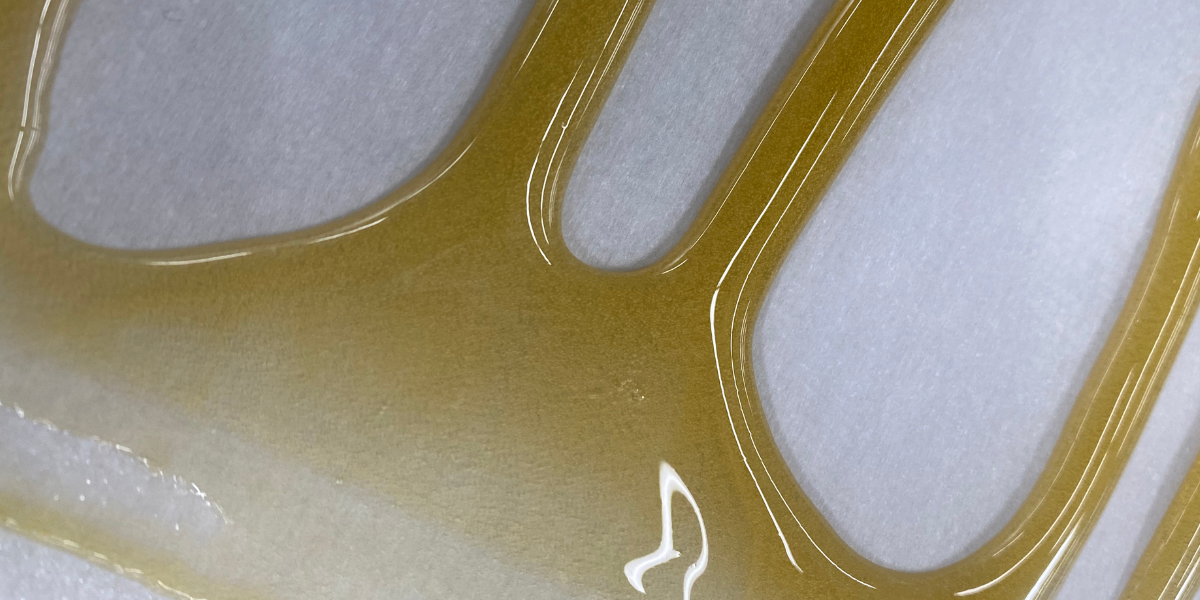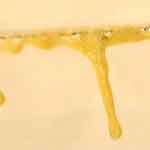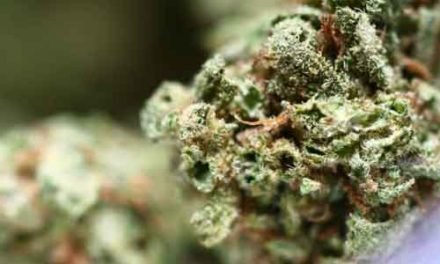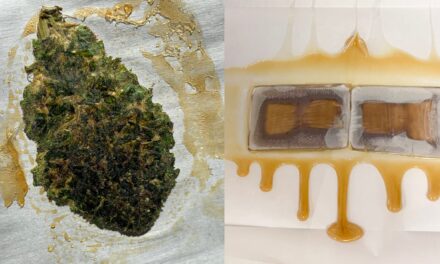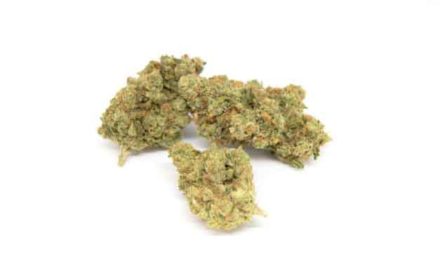Rosin curing has become an integral part of modern concentrate making. But what is rosin curing, and how do you do it? Here we’ll take a look at what curing is, what it’s good for and also learn how to cure your own solventless rosin.
What is Rosin Curing?
Curing is a process of maturation that principally boosts the long term stability of rosin, but can also improve taste and texture. Just like how a fine wine is aged to improve its flavor, rosin can be aged too, and the results can be otherworldly.
Why Cure Rosin?
Curing practices can bring a number of benefits to your solventless rosin. Not only can it make your rosin longer lasting and more flavorful, but it can also result in some interesting textures such as butter like buddas, and juicy rosin jams.
Jar Tech
The first step to rosin curing is the mastery of jar tech. This involves pressing your rosin directly into sealable airtight glass containers, and while that may seem simple at first, it can be a tricky technique to get the hang of. That’s why we’d recommend checking out our How to Use Jar Tech to Kick Out The Jam article which covers the method in detail.
How to Cold Cure Rosin
Once you’ve jar teched your rosin, it’s then a matter of selecting a curing practice. Cold curing is by far the simplest method and involves nothing more than leaving your jarred rosin for a few weeks at room temperature or below. This includes refrigeration too. Cold curing tends to result in a more crystalline or waxy budda that stays stable for months on end.
How to Hot Cure Rosin
Hot curing involves giving your fresh jarred rosin a heat cycle before storage. Unlike cold curing however, hot curing will require your glass jars to be heat resistant. The most common method involves baking your topless rosin jars at around 200F for an hour or two before sealing them up and leaving them for a few weeks at room temp. This can result in some very unique consistencies with jam like rosin oozing with terpene oils being a prime example, but even THC diamonds can form from this technique, so it’s well worth experimenting with.
Maturation Times
Whether it be cold or hot curing that you decide on, both methods require an extended maturation phase to get the best results. Most would agree that a couple of weeks is a sufficient amount of time but giving it a few months is also an option.
Feel free to experiment with times and temps as the results can be very unique and you can end up with some incredibly flavorful and stable concentrates with great shelf lives.

